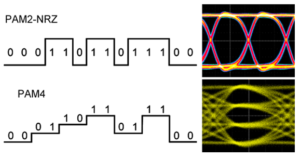Optical Technologies for 5G Access Networks
There’s been a lot written about 5G wireless networks in recent years. It’s easy to see why; 5G technology supports game-changing applications like autonomous driving and smart city infrastructure. Infrastructure investment in bringing this new reality to fruition will take many years and 100’s of billions of dollars globally, as figure 1 below illustrates.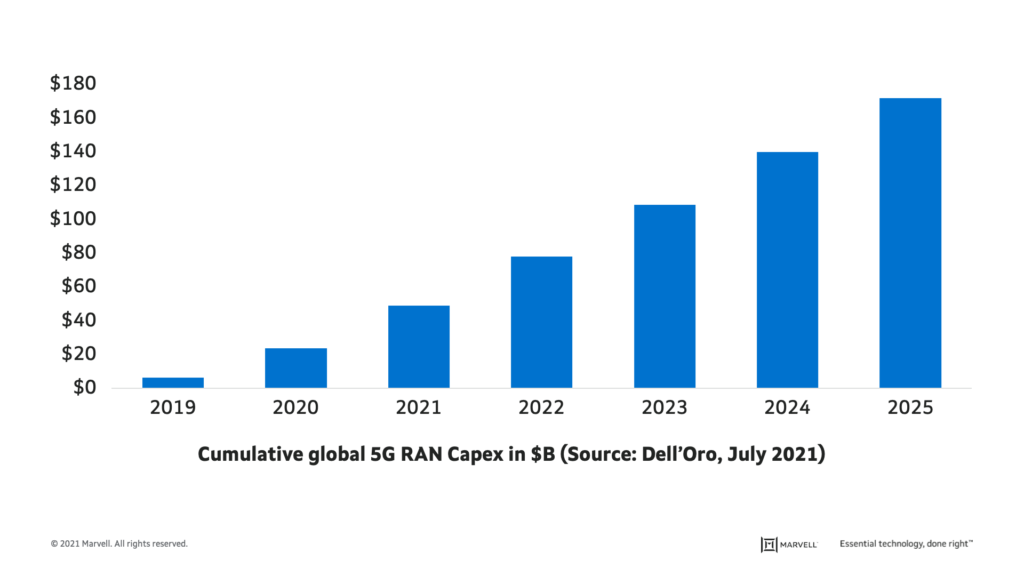
Figure 1: Cumulative Global 5G RAN Capex in $B (source: Dell’Oro, July 2021)
When considering where capital is invested in 5G, one underappreciated aspect is just how much wired infrastructure is required to move massive amounts of data through these wireless networks.
Wired data movement like this, at scale, is at the heart of the technologies developed by Inphi, an opto-electronics pioneer acquired by Marvell in April 2021. The analogy that Ford Tamer, Marvell Board Member and former Inphi CEO, liked to draw is that Marvell’s optical business is the “Fedex of Data.” 5G network transport is just one example where there is an unmet need in providing cost-effective low power solutions to move the huge amounts of data being generated around the world. Marvell optical interconnect solutions address that need by reliably moving data at up to 100’s gigabits per second over distances of a few meters to thousands of kilometers.
But Marvell’s opto-electronics business is not just a technology story. Success as a supplier in the mobile infrastructure market, which serves nearly every person and enterprise on the planet with essential connectivity services, requires a robust and ultra-dependable supply chain. These qualities are the cornerstone of the Marvell opto-electronics business and one of many reasons it has been awarded numerous Supplier of the Year awards by the world’s leading optical module companies.
What is 5G Technology?
The term 5G stands for the Fifth Generation of mobile wireless technology as specified by a standards consortium known (somewhat confusingly) as the Third Generation Partnership Project or 3GPP. 5G acts as an upgrade technology for 4G (LTE) used in most mobile networks and smartphones today, offering users faster network response times and connection speeds. What makes 5G noteworthy is not just that it supports higher data rates, more users per a given area and lower latency, it’s the new applications that are enabled by the combination of these performance gains, coupled with greater levels of reliability and security. These new applications are mainly categorized as massive Machine Type Communications (mMTC), also known as massive IoT (Internet of Things), and Ultra Reliable Low Latency Communications (URLLC). As a result, mobile networks will need to support substantial data traffic growth from new industrial customers with expectations of performance that are on par with best-in-class wired broadband networks.
To illustrate the role of wired links within the wireless network, a simple example may be instructive. Suppose a person takes out their mobile phone, taps their favorite social media app where their friend has just posted a picture of a new puppy. The picture (data) resides in the social networking site’s data center. As shown in Figure 2 below, only the connection from the phone to the tower is wireless. The remainder of the interconnect required to deliver the pooch pic is constructed of “wired” links. Because of the high data throughput required for today’s ‘wireless’ networking, almost all the links shown between the radio towers and the data center will be implemented with optical interconnect technologies.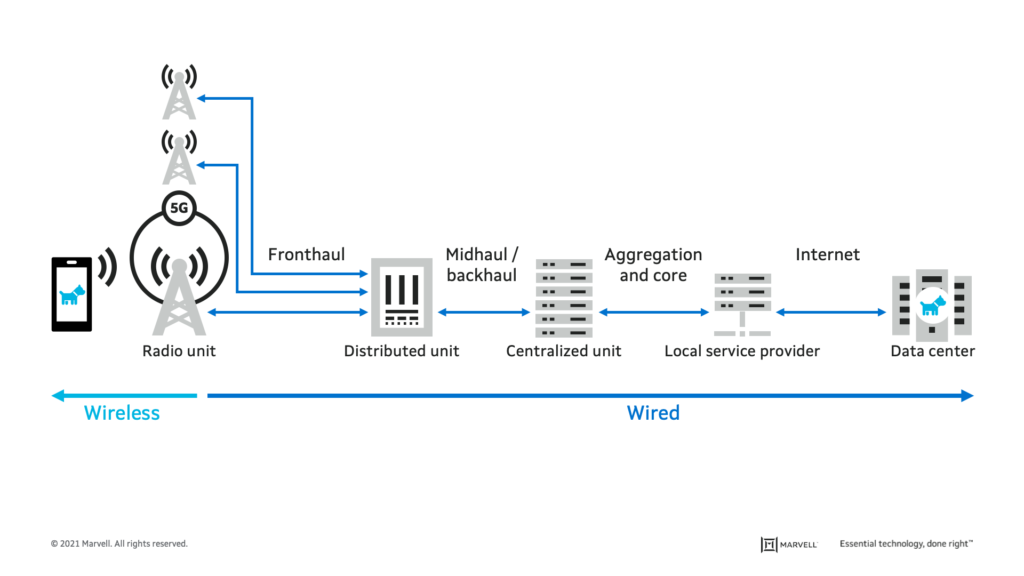
Figure 2: Wired Links in the Wireless Network
Coherent or Direct Detect Optical Interconnect Technologies?
Optical interconnect technologies in wireless networks are largely broken down into two categories: coherent and direct detect. Coherent optics are frequently used in core networks that have the longest link spans, sometimes measured in thousands of kilometers. High-performance, coherent optics can manage impairments and signal degradation over these long links, while delivering the fastest data rates possible using ultra sophisticated technologies such as Quadrature Amplitude Modulation. Outside of the core, where link distances are shorter, less complex, more cost-effective direct detect optics can be used. Direct detect optics use simpler transmission formats such as Non-Return to Zero and Pulse Amplitude Modulation (PAM) to support network links up to 80 km distances at lower cost than coherent.
What is PAM4?
As data transmission rates increase beyond 28 gigabits per lane, the electrical signal on printed circuit boards will suffer from severe loss and resulting inter-symbol interference (ISI) due to board material limitations. Higher-order modulation can transmit more data with reduced baud rate. Therefore, the industry is increasingly calling for higher-order modulation such as PAM4 to scale to higher data rates. The PAM4 modulation scheme uses four different signal levels for signal transmission, and each symbol period can represent two bits of logical information (0, 1, 2, 3), that is, four levels per unit time. Since the PAM4 signal can transmit two bits of information per symbol period to achieve the same signal transmission capability (or bit rate), the symbol rate of the PAM4 signal only needs to reach half of the NRZ signal. Therefore, the loss and impairment caused by the transmission channel is greatly reduced.
Figure 1: The comparison of waveforms and eye diagrams between NRZ and PAM4 signals
Direct Detect Optics in Wireless Edge
For most of the global 5G network edge infrastructure, direct detect optics is the technology of choice due to its high bandwidth, relatively low cost, and robustness. Figure 3 below shows the segment of wireless network between the core network and the radio tower often referred to as the Wireless Edge Network. Depending on each carrier’s architecture, this part of the network may have up to three segments, called fronthaul, midhaul and backhaul, or collectively referred to as x-haul. 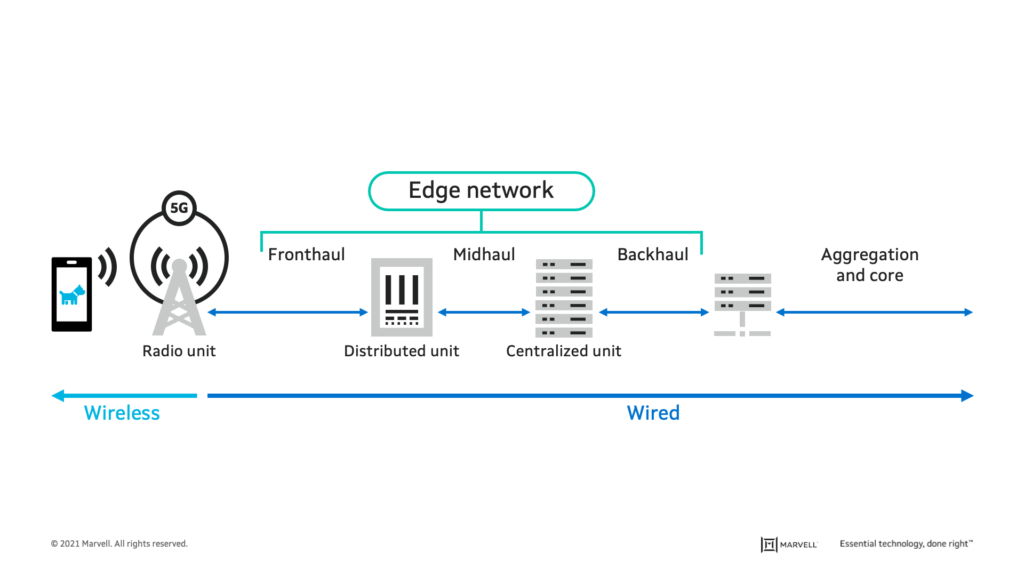
Figure 3: Wireless network between the core network and the RF tower
The use of direct detect optics in the Wireless Edge is not new to 5G. According to LightCounting, the equivalent of 24 million 1 Gbps detect optical ports were shipped into backhaul applications in 2019. Most of these links were at speeds of 10 Gbps or less. The move to 5G technology is expected to drive an increase in both the number and the speeds of these ports. Referring to the same LightCounting study, backhaul bandwidth is expected to grow at a CAGR of 38% through 2025 with the equivalent of 164 million, 1+ Gbps ports expected to ship in 2025. Of course, most of these ports will ship at higher data rates, but more about that later.
There are several factors in 5G that drive the need for significant bandwidth growth at the Wireless Edge. First, 5G utilizes a multi-layer spectrum strategy that includes new sub-6GHz spectrum as well as millimeter wave at frequencies starting in the US at 27.5GHz. These additional high frequency bands enable 20 times the data throughput versus 4G. Secondly, innovations in antenna geometry and processing (massive MIMO) drive even higher data rates with advanced beamforming. The other major consideration driving growth in the wireless edge is radio propagation. The vast majority of new 5G bands are at higher frequencies that have a shorter effective range when compared with the lower bands used for 4G. This means that more antenna sites and fronthaul links are required to establish coverage parity with 4G.
PAM4 Technology Solving 5G Deployment Challenges
The challenge of adding millions of ports at increasing speeds to the 5G Wireless Edge is multifaceted. Some of the dynamics that come into play are common with any network speed upgrade including challenges with signal integrity and accommodating power. The fact that wireless networks are geographically disparate present additional issues of varying environmental conditions and accessibility. These are just some of the challenges with wireless network installation and maintenance, which must be accounted for while delivering high data throughputs with near perfect reliability.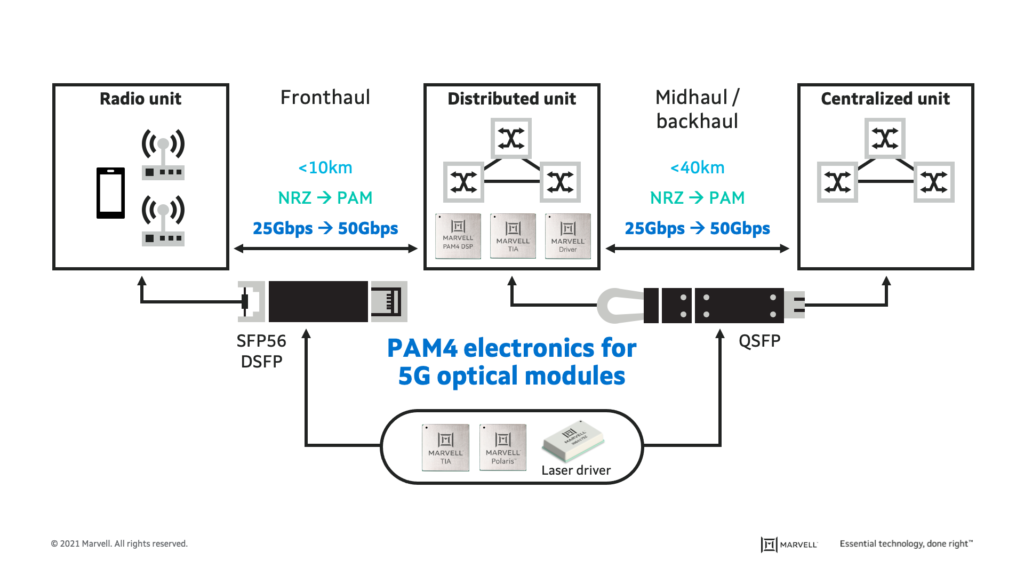
Figure 4: Marvell Opto-electronics for the 5G Edge
These stringent requirements are why carriers are choosing Marvell’s 50 Gbps optical connectivity technology based on PAM4 modulation. The foundation of Marvell’s PAM4 technology for the 5G edge network is the Polaris™ PAM4 DSP. Polaris was announced in 2017, and since its introduction has shipped millions of ports. The first major success for Polaris was in connecting hyperscale data centers, where some of the world’s most demanding tier one cloud providers learned that Polaris was the best choice for their mission critical applications based on its superior performance. At the heart of Marvell’s performance is a no-compromise system that is designed for error free operation under some of the most challenging conditions.
Marvell’s recent introduction of AtlasOne™ PAM4 DSP builds on Polaris’ success. The AtlasOne leverages the proven, Polaris Class DSP core and then adds key innovations to provide a best in breed solution for 5G Fronthaul. A major step for AtlasOne is the integration of a Directly Modulated Laser (DML) driver. Integration of the driver saves power, simplifies module design and improves supply chain robustness. The AtlasOne is also specified for Industrial Temperature Range operation ensuring its suitability for 5G buildouts across the globe.
Economics Of 50G PAM4
As a benefit of widespread market acceptance, PAM4 technologies are now enjoying economic advantages of scale as well. As port counts go into the millions, the cost per Gbps of PAM4 based optical x-haul dramatically decreases compared to lower data rate technologies. For example, according to LightCounting the price of a 25 Gbps x-haul module for a 10km link is $60. Additionally, LightCounting projects a 50 Gbps Long Reach x-haul module at an ASP of $140. When accounting for the cost of fiber at a market price $0.25 / meter, the PAM4 50 Gbps link provides about a 50% reduction in cost per gigabit per second as shown in figure 5.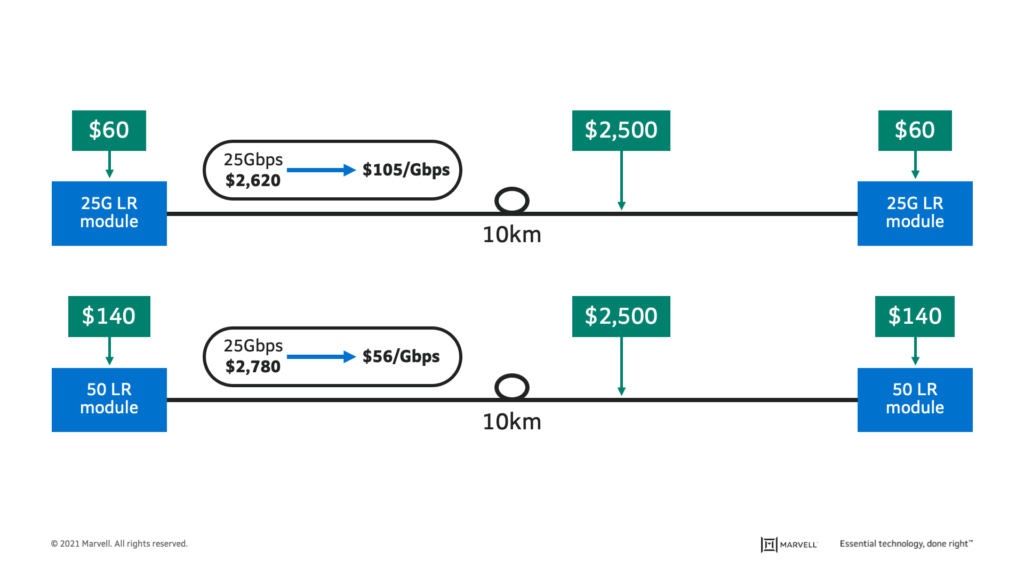
Figure 5: Backhaul Link Costs - 50G Versus 25G
The Promise of 5G Wireless Networking is Immense
From Smart Cities to wireless industrial automation, to autonomous driving and good ‘old fashioned’ smartphone video or gaming, the fifth generation of wireless technology can truly transform how we live and work. The ability of 5G to enable innovative new services and enhanced mobile broadband experiences requires increased transport bandwidth that connects all key elements of the in the data path from the radio tower, across the edge to the core network. With superior performance, reliability and economies of scale proven with hyperscale data center operators, direct detect optics utilizing robust PAM4 modulation are playing an essential role in developing future-ready 5G infrastructure -- today.
Tags: 5g, 5G Access Networks, 5G network transport, 5G wireless networks, coherent, direct detect, Optical Interconnect, Optical Technologies, PAM4
Recent Posts
- Marvell Wins LEAP Award for 1.6T LPO Optical Chipset
- Co-packaged Optics: Powering the Next Wave of AI Data Center Innovation
- AI Scale Up Goes for Distance with 9-meter 800G AEC from Infraeo and Marvell
- Faster, Farther and Going Optical: How PCIe Is Accelerating the AI Revolution
- Marvell Wins Leading EDGE Award for Ara 1.6T Optical DSP

